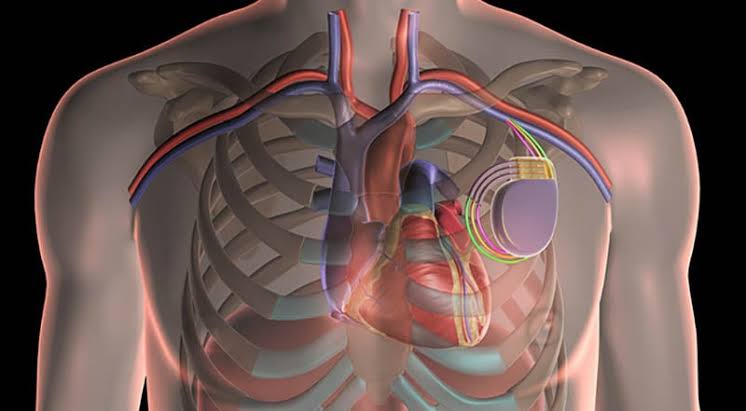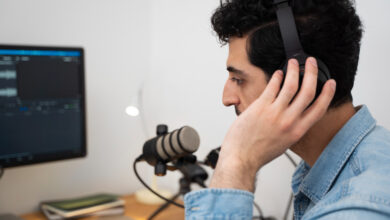Getting a CRT-D implantation can help your heart work better. It’s like a special device that gives hope to people with heart problems. Let’s talk about what happens before, during, and after getting the CRT-D.
Knowing about this process is important for you and your family. It can not only help you live longer but also do more things every day. We’ll explain the tech and its benefits in simple terms to help you understand.
The Role of CRT
Cardiac Resynchronisation Therapy (CRT) is like a team coach for the heart, making sure all its parts work together smoothly. It helps people with heart problems by getting their heartbeats back in sync, which boosts blood flow and reduces symptoms. CRT is a key player in using special devices to treat serious heart conditions.
The Magic Behind CRT-D Devices
CRT-D devices are sophisticated medical devices for heart failure that serve a dual purpose. They not only manage heart rhythms by sending tiny electrical impulses to both lower chambers of the heart but also work as defibrillators by delivering a more substantial shock if a life-threatening heart rhythm is detected. This dual functionality makes them a critical tool in heart failure management.
Preparing for the Procedure
Before the CRT D implant procedure, your doctor will check you out well and do some tests to make sure you’re a good fit. Remember to do what they say before the procedure, like not eating or changing your meds.
It’s super important to tell your healthcare team about any worries or allergies you have to stay safe. And hey, make sure you’ve got a ride home sorted after the procedure too – gotta be prepared!
The CRT-D Implantation Procedure Explained
The implantation of a CRT-D device is a meticulous process done under local anesthesia, usually requiring a single overnight hospital stay. Surgeons make a small incision, typically near the shoulder, to insert the device and lead wires, which are threaded into the heart through a vein. This section breaks down the procedure into understandable steps.
Recovery and Aftercare
Post-implant, patients will need to follow specific guidelines to ensure a smooth recovery. Restrictions on physical activities, wound care instructions, and follow-up appointments are crucial aspects of aftercare. This segment also offers insights into the lifestyle adjustments necessary to accommodate the implanted device.
Living with a CRT-D Device
Adjusting to life with a CRT-D device involves both physical and emotional adaptation. Patients might need to make permanent lifestyle changes, including medication adjustments and monitoring for potential device alerts or alarms. Emotional support and patient education play significant roles in this adaptation phase.
Potential Risks and Complications
Like any medical procedure, a CRTD implant comes with potential risks and complications. This section outlines possible issues such as infection, bleeding, lead displacement, or device malfunction, emphasizing the importance of immediate medical attention if complications arise.
Navigating the Future with CRT-D Implantation
Getting a CRT-D implantation can change your life if you have heart problems. It’s a modern way doctors help your heart work better.
Even though it might sound scary, the good things about it are usually more than any bad stuff. It’s like a special gadget that can give you a fresh start if your heart is in bad shape.
People who need this and the doctors who do it think it’s a big deal. They work together to make hearts stronger and healthier.
Did you like this guide? Great! Please browse our website for more!




